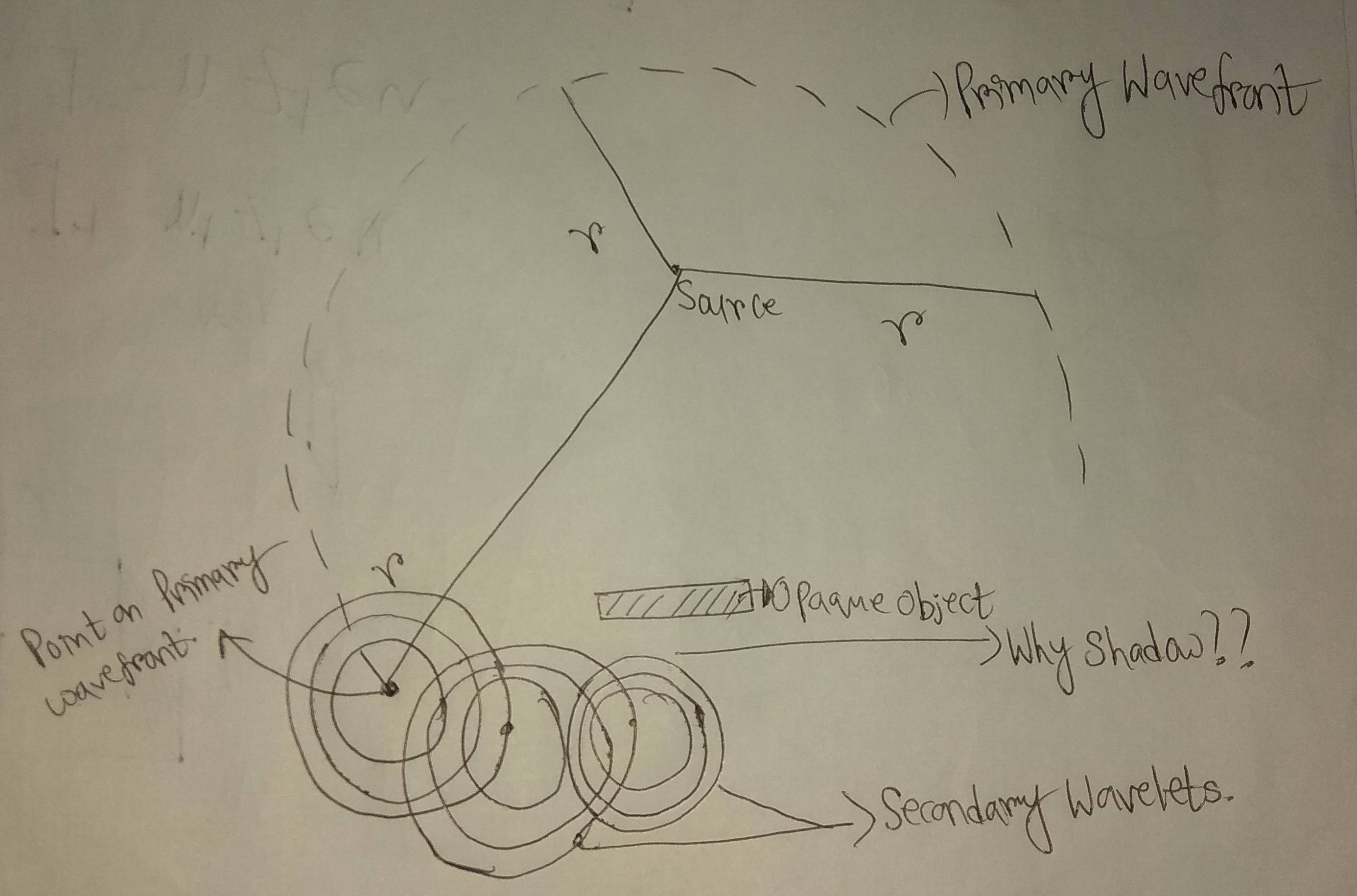You asked a very reasonable question. And the answer lays in the nature of light.
Any emission of light happens through the exciting of subatomic particles, mostly electrons. During the relaxation they emit photons. These photons are summarized called electromagnetic radiation. Due to the interpretation of slit experiments, were the pattern behind the slits (as well as behind any sharp edge) has a swelling intensity, from which is concluded about the wave nature of light. But again please consider that the fringes on the observation screen are composed of the same photons which at earlier time were emitted from electrons.
Now to verify that light gets dissipated in the same way, a water wave do, it is enough to install behind a long wall a photometer and to count the photons which arrive from a light spot near an edge of the wall. As far as I know, such a simple experiment was not carried out until now. And my prediction is, that in a otherwise dark room no one photon from the spot will be registered by the photometer (photon multiplier). My prediction is based on the photons nature of light and the manner, in which light gets influenced from sharpe edges.


Huygens' Principle. $\endgroup$